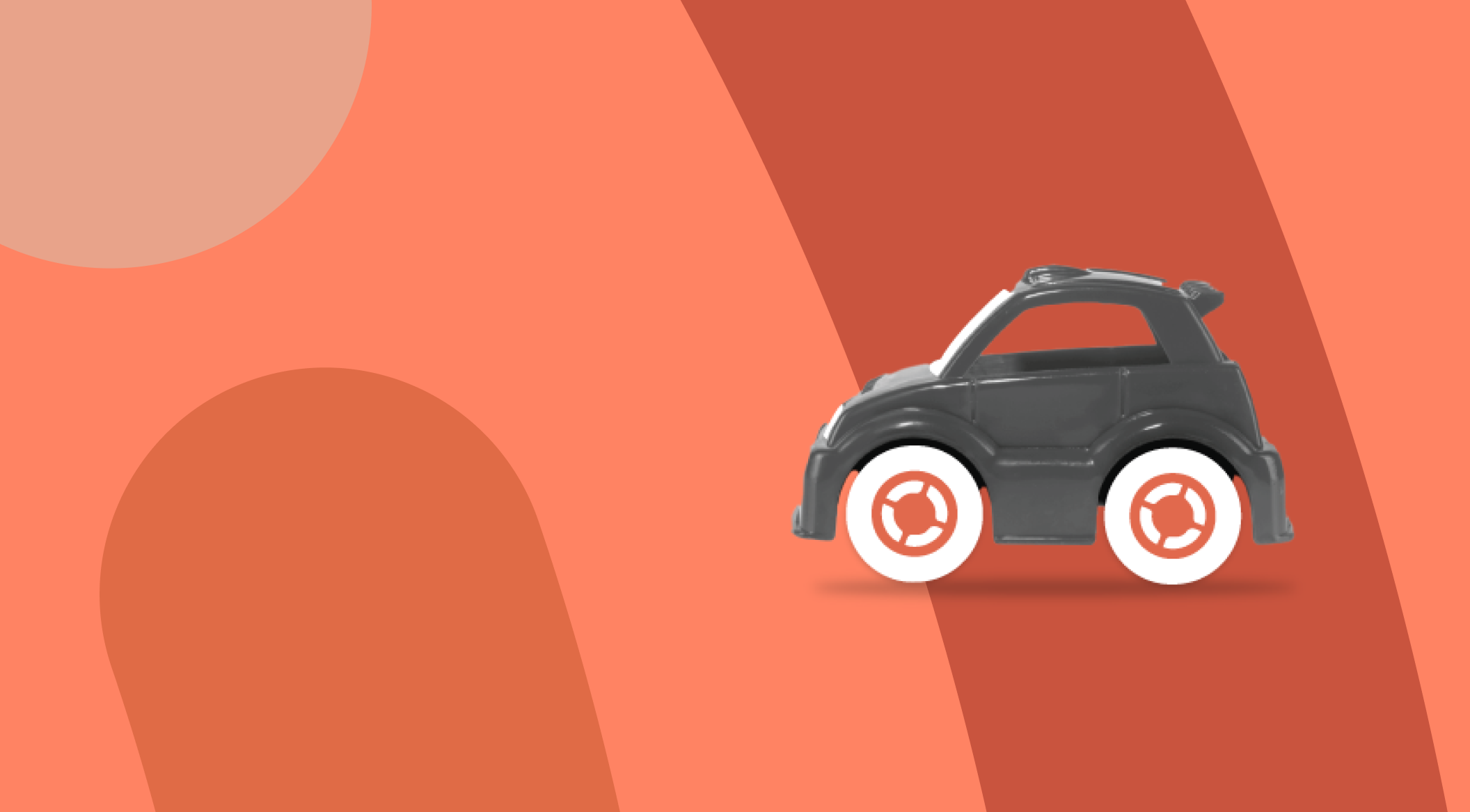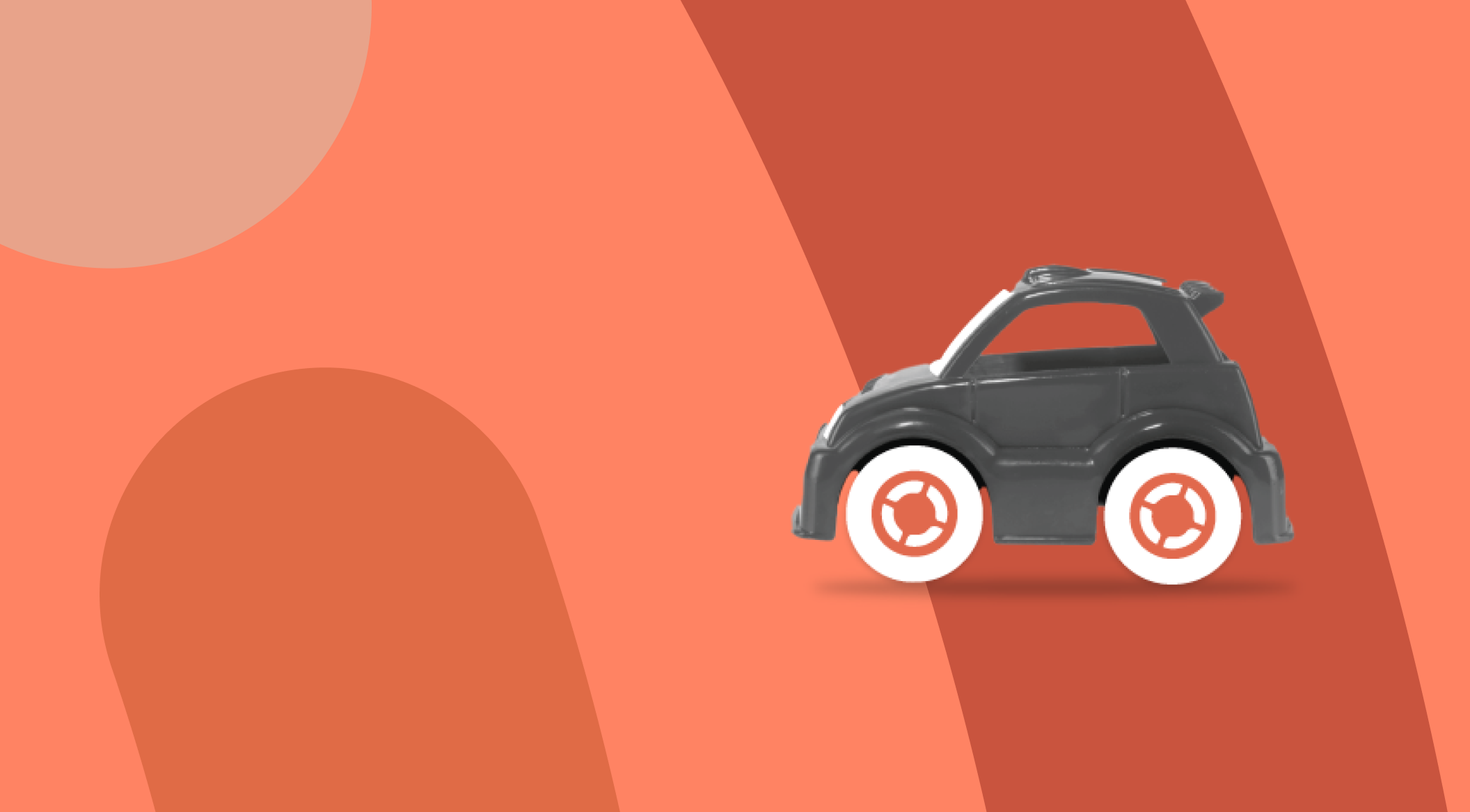How to wash a car: All you need to know

How to wash a car: All you need to know
The dirt and grime that builds up on your car can damage your paintwork and just generally make your car look a bit grubby. It’s a good idea to give your car a wash every few weeks to keep it looking its best.
In this blog we’ve outlined everything you need to know about washing your car.
What you need to wash a car
There are all sorts of car washing kits out there that contain everything you’d need to clean a car. Though you just need the basics, then you can upgrade as you go. We’ve outlined the things we think you need below, as well as some optional extras and a few tips to get you started.
The basics
- Clean buckets (2 is best)
- Car shampoo
- Wash mitt (looks like a sea anemone, and is much better than a sponge)
- Clean microfibre cloths (the more the better)
Optional extras
- Hose or pressure washer
- Chamois
- Car polish
- Glass cleaner
- Vacuum cleaner
- A stiff wheel brush
- Wheel cleaner
Tips on car washing equipment
- You don’t need a hose - There’s no question that using a hose will make your life easier by rinsing off your car quickly and easily, but you also can do the same job by pouring over a few buckets of clean water.
- Be careful with pressure washers - Using too much pressure could strip your paint, break plastic, and split your door and window seals. If you use a pressure washer it’s worth being extra careful not to stand too close.
- Use the right soap - Washing up liquid can be used to wash a car, but it can also be harsh on your paintwork. If you have to use it, try to only use a small amount, diluted in a large amount of water. You can also technically use hair shampoo if you’re struggling to find car shampoo, but it can damage your car as it’s not designed to be used on paint.
How to wash a car
Step 1: Rinse your car
Using a bucket of clean water or a hose (if you have one), try to get as much of the visible dirt off the car as possible. You can’t use too much water at this point, so really try to cover every part of the car that you can. If you just started scrubbing at this point, you would just move the dirt around and might end up with little scratches on your paint.
Step 2: Washing your car
- Fill one bucket with clean water, and another with your car shampoo (check the label to make sure it’s diluted properly).
- Dunk your washing mitt into your shampoo bucket and, starting at the top of your car, wash the remaining dirt off the paintwork.
- Work your way down the car from top to bottom, using gentle sideways motions. Circular motions can give you swirl marks, so best to go from side to side.
- Use the clean water bucket to rinse off your washing mitt as you go and keep applying shampoo until all of your paintwork is sparkling.
Step 3: Rinse and dry
Rinse the car off again to get rid of all the shampoo left on the car. Once it’s rinsed off, you can dry the car thoroughly with a clean microfibre cloth or chamois. Just remember, the cloth you use needs to be as clean as possible the whole time. If you drop your cloth, it’s best to get a fresh one or it could scratch your paint.
Optional steps for washing a car
Polishing your car
Using a good all-in-one polish every other wash can help keep your cleaner for longer and protect your paintwork. It might take you a couple of hours but it can really be worth it in the long run.
- Apply polish to a microfibre cloth and work it into your car in straight lines, one small area at a time
- Once you’ve covered the area, buff it out with another clean microfibre cloth
- Go panel by panel until you’ve polished the whole car
Washing your wheels
Cleaning your wheels is pretty simple, especially if you use a good wheel cleaner. Most wheel cleaners will work the same way, but it’s always a good idea to check the label. This is how to clean your wheels:
- Spray your wheel cleaner onto the wheel, making sure you cover it completely
- Use a stiff wheel brush to scrub the whole wheel, removing any stubborn dirt and brake dust
- Regularly rinse off your brush in a bucket of clean water, and keep scrubbing until the tyre is clean
- Rinse off the tyre with clean water, and repeat the process with all 4 wheels
Cleaning your windows
Cleaning the outside of your windscreen and windows is fairly simple:
- After the car has been rinsed, apply some specialist glass cleaner to half your windscreen, then wipe it away in circular motions using a clean microfibre cloth
- Repeat on the second half of the windscreen, making sure you get right into all the corners
- Repeat the process on your windows, taking your time to make sure you don’t leave any streaks
Cleaning the interior
Cleaning the interior of your car can be as simple or as complex as you like. Here are the basics:
- Get rid of any bits of rubbish from the whole car
- Clean your floor mats
- Wipe down your doors, dashboard and steering wheel with antibacterial wipes
- Clean your seats with a specially formulated cleaner
- Clean the inside your windows and windscreen
- Vacuum out any last bits of dirt and replace your floor mats
For more detailed guides on cleaning inside your car, you can check out our blogs:
How to clean your car interior: A step-by-step guide
How to clean inside of windscreen: A guide
How to clean car seats: A step-by-step guide
A few final tips…
Here are a few things to remember when washing your car:
- Try not to clean on warm sunny days, as too much heat or direct sunlight can dry out the shampoo too quickly and leave you with streaks and dirt spots
- Using a washing mitt and microfibre cloths can help make sure the cleaning doesn't end up scratching your paint
- Always try to clean from top to bottom to make sure you don’t miss any dirt drips
- Use plenty of water to wash away all the dirt and shampoo before you dry the car
- Drying your car thoroughly after cleaning will help avoid streaks
- Taking your car to be professionally cleaned is also a great option, if you'd like to find out more check out this handy blog on the difference between car valeting and detailing
Urban Jungle is not a financial advisor and information in this article should not be taken as advice or recommendation.





